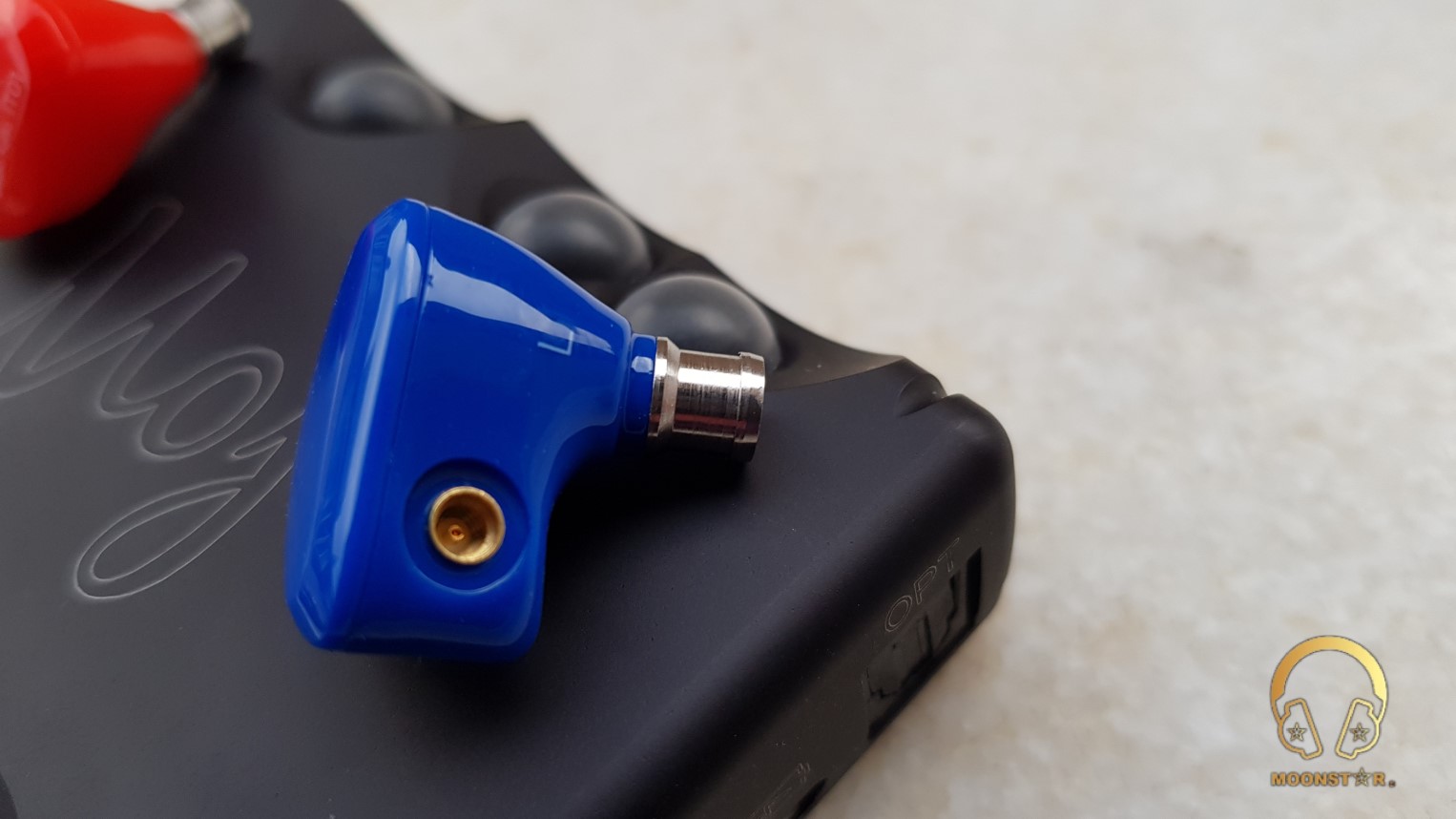FiiO FD5 Flagship Dynamic Driver IEM

FiiO FD5 Dynamic Driver IEM Review
Introduction:
The FD5 is the New Flagship Dynamic Driver IEM of the company and utilizes a newly developed Beryllium Coated DLC diaphragm with a diameter of 12mm. Moreover, it comes with some interesting features like a rear volcanic field system, interchangeable audio jacks & sound tubes, semi acoustic open back & front acoustic prism design.
Product Website: https://www.fiio.com/fd5

Disclaimer:
I would like to thank FiiO for providing the FiiO FD5 as review sample. I am not affiliated with FiiO beyond this review and all these words are reflecting my true and unaltered opinions about the product.
Price & Availability:
The MSRP price of the FiiO FD5 is around 299,99 USD. More information’s can be found under the links below;
Package and Accessories:
The FiiO FD5 has been placed in to a nice looking rectangular black box with a silky smooth surface coating that shows the product illustarion and the motto Bron for Music on the top.
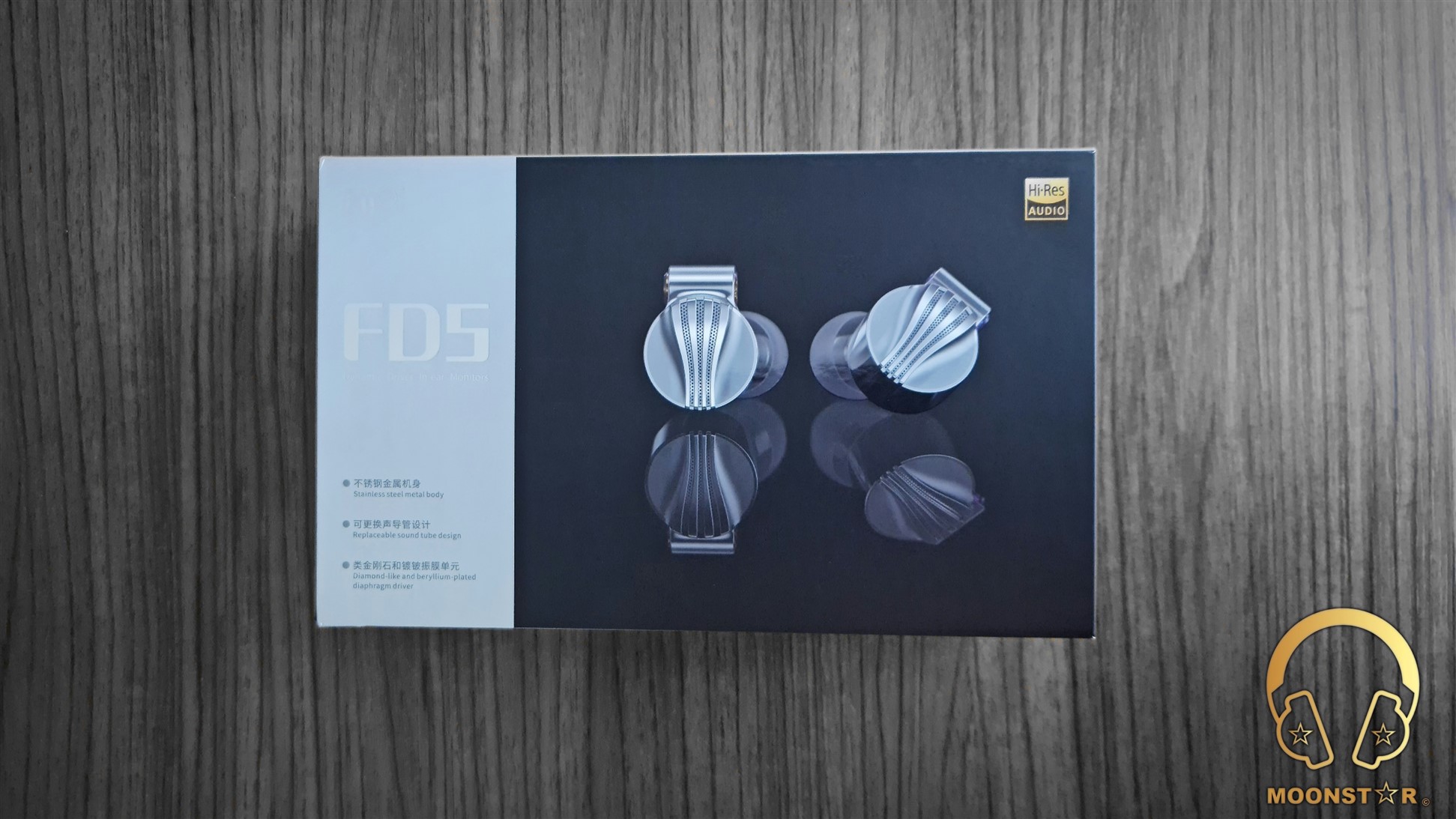
The box was wrapped with a cardboard that features some product related brandings and the illustration of the FD5 on the top.
This box is contains the following items;
- 1 pair x FiiO FD5 In-Ear Monitors
- 1 piece x Detachable cable with MMCX connectors
- 3 pieces x Interchangeable Headphone Jacks (3.5mm SE, 2.5mm Balanced, 4.4mm Balanced)
- 2 pairs x Interchangeable Sound Tubes (Bass & Balanced Tubes)
- 8 pairs x Single Flange Silicone Ear tips
- 2 pairs x Triple Flange Silicone Ear tips
- 2 pairs x Memory Foam Ear Tips
- 1 piece x HB5 Storage Case
- 1 piece x Cleaning Brush
- 1 piece x Final MMCX Assist Tool
- 1 piece x Warranty Card and User Manual

The FiiO FD5 came with along with a very rich package of accessories that includes a wide variety of ear tips collection. This collection includes 8 pairs of silicone ear tips (Bass, Balanced and Vocal), 2 pairs of Triple flange ear tips and 2 pairs of memory foam ear tips.

The FD5 package includes also a detachable cable with Interchangeable Headphone Jacks and Interchangeable Sound Tubes (more on that later).

The HB5 storage case has a nice luxurious appearance.


Tools like the Cleaning Brush and the FINAL MMCX Assist are some very useful additions.
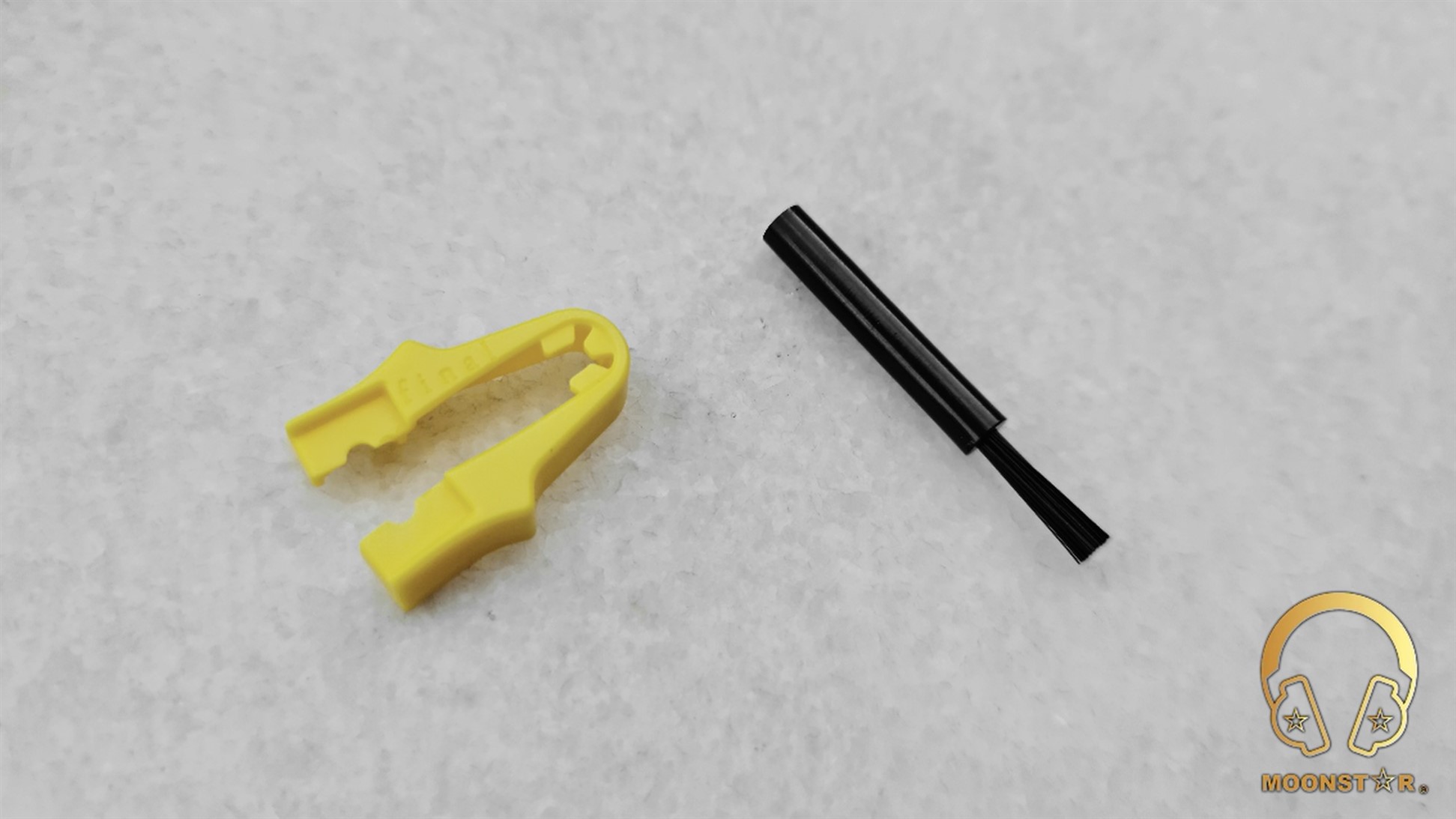
Design & Build Quality:
The FD5 reflects FiiO’s third generation design language that was inspired (according to the advertisings) by mountains and waterfalls. The shell is made of stainless steel material that makes the monitor a bit heavy but gives it also a very robust look and feel.

The rear part has a curved cylindrical shape with a glossy chrome finish, which is in contrast with the faceplate that shows a smoother matt/opaque surface.

The faceplate is a part of the semi open back design with a so-called volcanic field system behind it.
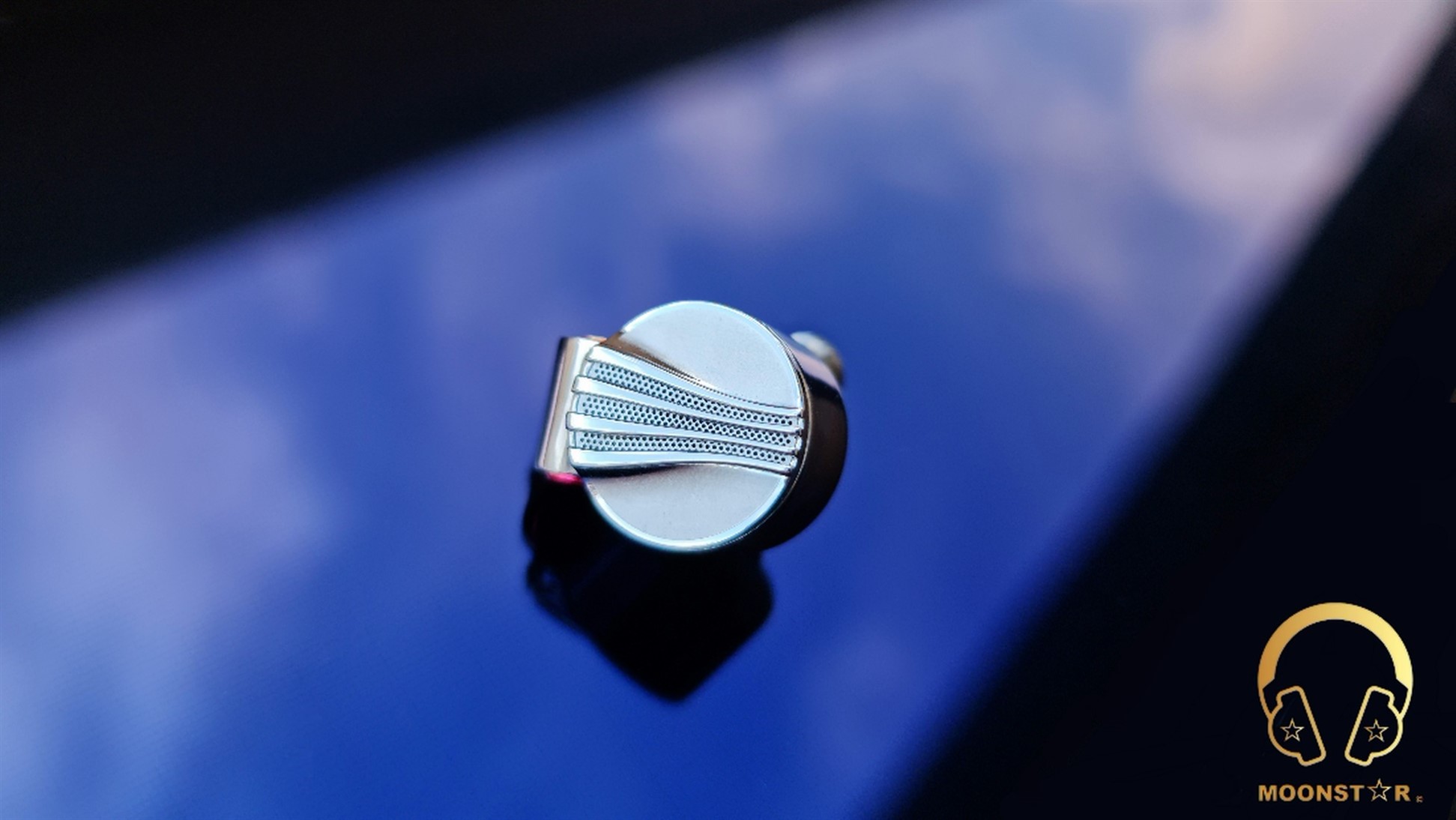
The monitor sports a protruding part with the MMCX (Micro Miniature Coaxial) female connectors on the top.

At the bottom of the protruding part are the left and right color indicators, from which the blue one is on the left and red on the right side of the monitor.
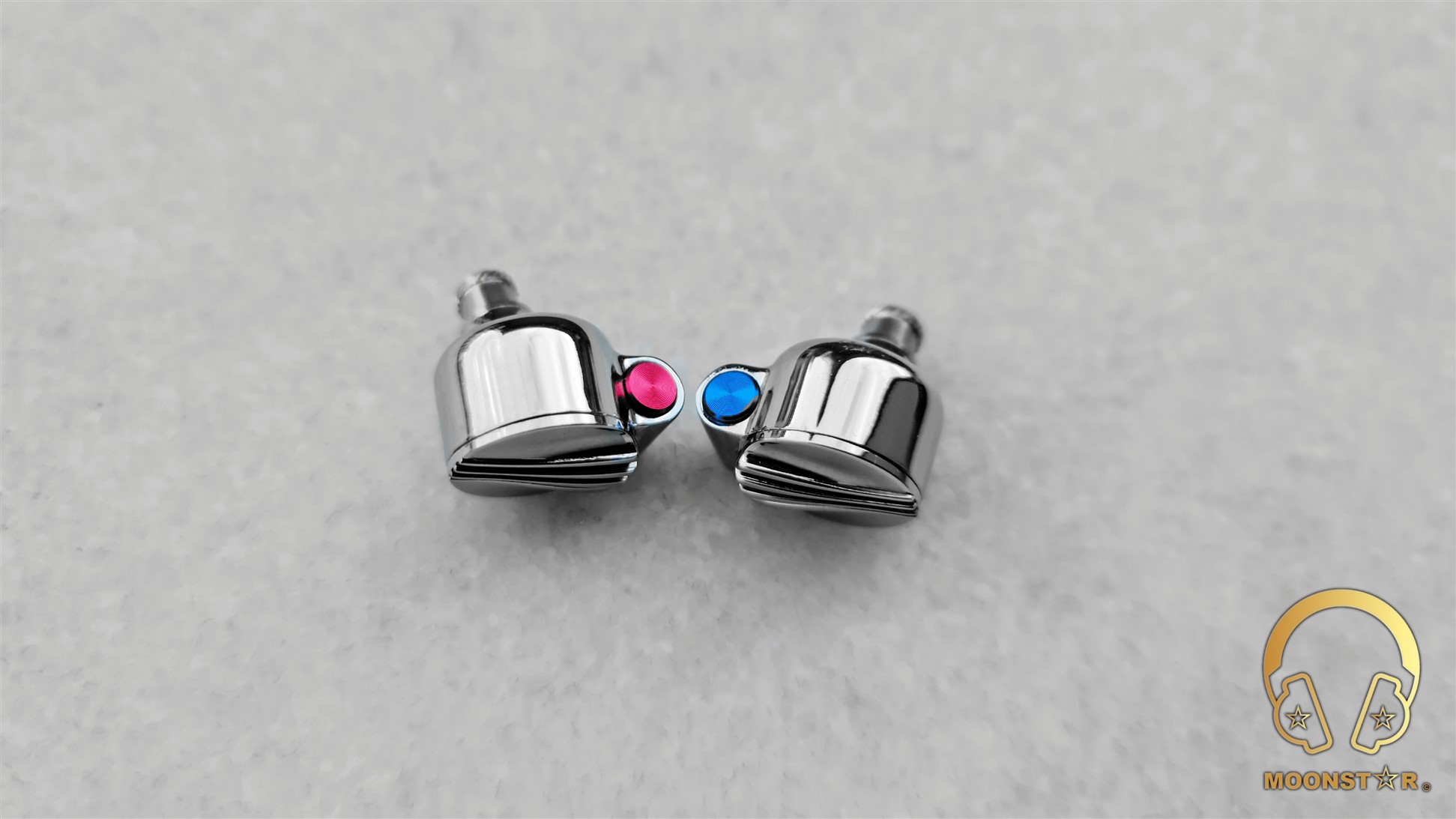

The rear shell of the monitor features the slightly angled sound nozzle with a fine metal mesh on the top to prevent the insertion of particles like dust or earwax.

The sound nozzle has an “Interchangeable Sound Tube” design, which is quite different from the sound filter design of the FiiO FH7.

The FD5 offers two different Interchangeable Sound Tubes, one bass and one balanced sound tube. The large sound tube has a more balanced sound signature, while the bass tube offers a slightly more lively and bass-focused signature.
Each monitor sports a small vent near the sound nozzle that is dedicated for the quite large 12mm diameter Beryllium-Coated DLC diaphragm.

Each monitor sports a small vent near the sound nozzle that is dedicated for the quite large 12mm diameter Beryllium-Coated DLC diaphragm.

The FiiO FD5 comes with detachable 8 core High-Purity Monocrystalline Silver-plated Copper wire cable with a nice braided design.

The cable features a transparent soft plastic insulation that shows a very low amount of microphonic effects.

The MMCX male connectors are protected with a metal housing that do have left and right markings and blue (left) & red (right) indicators.

The cable features a metal Y splitter with the FiiO branding on the top and comes with a metal chin slider made of the same metal material in silver color.

The detachable cable has a unique Interchangeable Headphone Plug design and offers 3 (three) plug variants, which are the 3.5mm Single Ended (TRS) plug, 2.5mm Balanced (TRRS) plug and the 4.4mm Balanced (TRRRS) Pentaconn plug.

The housing of the headphone plug has a strait profile and is made of the same metal material in sliver color.

Fit, Comfort & Isolation:
The FiiO FD5 has a pretty ergonomic monitor shape, while it is slightly heavy do to the use of stainless steal material. The curved cylindrical shape makes it ideal for the use for longer listening periods without to hurt my ears that has an ear concha with an average size.
The noise isolation on the other hand is on an average level, since the shape of the monitor nozzle doesn’t allow a very deep insertion. But don’t get me wrong, the isolation is efficient enough for the use it in fairly noise environments such as metro, bus or train, while it is not suitable for the use on the stage.

Drivability (Impedance):
The FiiO FD5 has an impedance of 32 Ω (Ohm) and a sensitivity of 109 dB/mW that makes it to a quite easy to drive In-Ear Monitor for most audio sources like Smartphone’s, Tablets or small Digital Audio Players/Mp3 players with a relative weak amplification, while it shows its true potential if you use it with DAP’s like the FiiO M11/M11 Pro.
Remarkable Features:

- 12mm Diameter Beryllium Coated DLC Diaphragm:
FiiO has developed a Beryllium Coated DLC (Diamond Like Carbon) Diaphragm with a pretty large diameter of 12mm. This design makes the driver physical more rigid and flexible and reduces unwanted vibrations. This makes according to FiiO the overall frequency response more balanced and minimizes the distortion at all frequency ranges.

- Acoustic Prism:
The engineers of FiiO have installed a conical device close to the front end of the drive diaphragm, so that it was possible to precisely control how the sound waves travel in the sound tube, which brings benefits such as eliminations of high frequency standing waves and enhancing the overall sound wave diffusion.
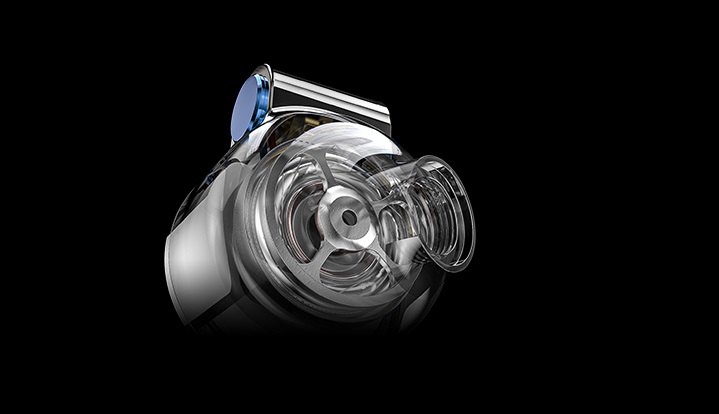
- Semi-Open Back Cavity:
The “volcanic field” structure was added to the rare cavity to enhance the diffusion of low-frequency waves throughout the FD5, reduce standing waves and distortion, so that the sound is more clean and accurate. The semi-open design can also quickly relieve air pressure – leading to a more comfortable and long-lasting listening session.


Technical Specifications:
- Driver : 12mm Beryllium-Coated Diamond-Like Carbon (DLC) Dynamic Driver
- Frequency response : 10Hz-40kHz
- Impedance : 32Ω@1kHz
- Sensitivity : 109dB@1mW
- Max input power : 100mW
- Cable : 8 strands of monocrystalline silver-plated copper cable
- Cable length : 1.2m
Sources used for this review:
- IEM : FiiO FD5, Final Audio B2 and Meze Audio Rai Solo
- DAP/DAC/AMP : FiiO M11 Pro, FiiO Q5s, xDuoo XA-10
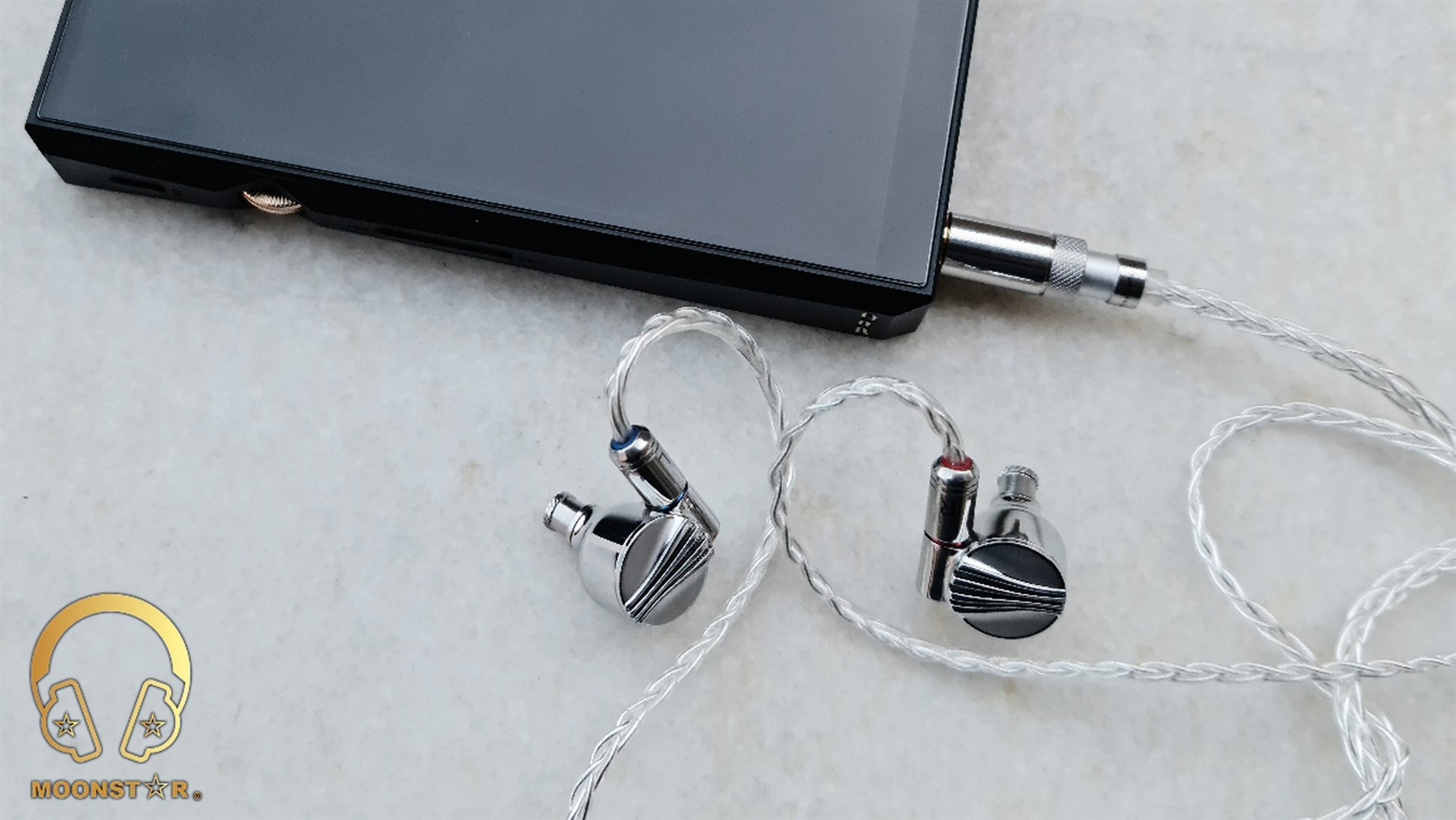
Albums & tracks used for this review:
- Barry White – Just The Way You Are (Flac 24bit/48kHz)
- Isaac Hayes – Walk On By (Flac 16bit/44.1kHz)
- Sting – Englishman in New York – (Flac 24bit/48kHz)
- Eric Clapton – Wonderful Tonight (Flac 24bit/96kHz)
- Dave Gahan – Kingdom (Tidal Hi-Fi)
- B.B. King – Riding With The King (Flac 24bit/96kHz)
- Chopin – Nocturn No. 20 In C-Sharp Minor (Flac 16bit/44.1kHz)
- Edith Piaf – Non Je Ne Regrette Rien (Flac 24bit/48kHz)
- Diana Krall – So Wonderful (DSF)
- First Aid Kit – My Silver Lining (Flac 16bit/44.1kHz)
- Sertap Erener – Aşk (Flac 16bit/44.1kHz)
- London Grammar – Interlud (Live) (Flac 24bit/44kHz)
- Laura Pergolizzi – Lost On You “Live at Harvard and Stone” (Tidal Hi-Fi)
- Fazıl Say – Nazım Oratoryosu (Live) (Flac 16bit/44.1kHz)
- Vivaldi – Le QuarttroStagioni “The Four Season” (Tidal Hi-Fi)
- Otto Liebert& Luna Negra – The River (Spotify)
- Armin Van Buuren – Vini Vici (Flac 16bit/44.1kHz)
- Lorde – Royal (Flac 24bit/48kHz)
- Massive Attack – Angel (Flac 24bit/192kHz)
- Twerl – Lishu (Spotify)
- U2 – Sunday Bloody Sunday (Flac 16bit/44.1kHz)
- Portishead – The Hidden Camera (MP3 320kpbs)
- Metallica – Sad but True (Flac 24bit/96kHz)
- Megadeth – Sweating Bullets (Tidal Hi-Fi)
- Rush’s – Leave That Thing Alone (Flac 16bit/44.1kHz)
- Slayer – Angel of Death (Spotify)
- Tom Player – Resonace Theory “Album” (Tidal Hi-Fi)
- Liquid Tension Experiment 2 – Acid Rain (Spotify)
The Sound:
Before I do start with my sound analysis I would like to inform you that my impressions are mainly based on my experiences with the balanced interchangeable sound tube that offers a more natural and pleasant to listen to sound performance, compared to the bass focused sound tube, which is a tad bass heavy for my taste.
This review was written after a burn-in period of 120 hours. I have used the stock white silicone ear tips that came pre-installed on the nozzle of the monitors.
The FiiO FD5 is a single dynamic driver IEM that shows a moderately V shaped sound signature with focus to the lower and upper frequency regions. The FD5 has a deep and fast bass response, slightly recessed but transparent and airy midrange, and quite highlighted upper midrange and treble tuning that offers a great sense of clarity, detail retrieval and sparkle. The upper midrange and treble regions of the FiiO FD5 sounds highly detailed for a IEM at this price level, but is also a bit sensitive and unforgiving if you listen to poor recorded songs.

Bass:
The 12mm dynamic driver of the FiiO FD5 is able to produce a very pleasant to listen to bass response, which is also one of its main attractions. The subbass area shows a good sense of depth, intensity and rumble that makes it quite suitable for genres like Trance, Hip-Hop, Pop, EDM without to sound overdone or overwhelming, even with the balanced sound tube.
The subbass region is slightly less highlighted compared to the midbass region and has a sufficient level of extension if you use it with the balanced sound tube, while the bass tube shows slightly more depth and better level of extension. It sounds in general pretty fast for a large dynamic driver that was pretty successful while listen to songs with complex passages such like Gogo Penguin’s “Raven”, Lorde’s “Royals” and Photek’s “The Hidden Camera” without to show any remarkable mixings.
The midbass region of the FiiO FD5 sounds slightly more highlighted compared to its subbass area, which adds also a nice sense of warmth and fullness to the overall presentation without to show any remarkable muddiness or mixings. The bass tube offers more midbass depth and impact in cost of clarity and detail retrieval.
The FiiO FD5 offers in general a pleasant to listen to bass quantity and intensity, with good speed and emphasis. The bass is able to catch up the music even in very fast tracks thanks to the Beryllium coated DLC diaphragm, which makes the FD5 successful with a wide variety of genres.

Midrange:
The midrange of the FiiO FD5 sounds slightly recessed because of the V shaped sound signature, while it still able to produce a good amount of clarity and detail while listen to both vocals and instruments, thanks to the pronounced upper midrange tuning especially when paired with the balanced sound tube.
Instruments & Vocals:
The FiiO FD5 shows a clean and transparent vocal presentation with the balanced sound tube. Male vocals do have a good sense of depth and fullness, while female voices are produced with a pretty crisp and detailed character.
The bass tube decreases the overall sense of transparency and airiness, while it is less prone to sibilance compared to the balance sound tube that tends from time to time to sibilance and sharpness while listen to vocals like Edith Piaf or Diana Krall.
The lower midrange of the FD5 paired with the bass tube shows slightly more body and intensity with both male and female vocals, but sounds also less lively and a bit veiled compared to the balanced sound tube.
The neutral air that is produced by the FD5 paired with the balanced sound tube helps to make the instrument presentation quite airy and clear. The fact that instruments don’t play too close or too distant to each other, makes the FiiO FD5 to a quite balanced and musical sounding IEM in terms of general instrument presentation.
For example, instruments like acoustic guitars do have a slightly warm, bassy and bright character especially towards the top end, while violins and pianos do sound relative bright and pretty lively. I found FiiO FD5 quite successful in terms of instrument & vocal clarity, detail and separation.

Upper midrange & Treble:
The upper midrange and treble regions of the FiiO FD5 sounds highly detailed for a IEM at this price level, but is also a bit sensitive and unforgiving if you listen to poor recorded songs.
FiiO FD5 has a pretty strong upper midrange emphasis that retrains a fairly neutral tonality. The tuning of this area adds the overall presentation a nice sense of transparency and detail retrieval, while it is also at the limits of sibilance when paired with the balanced sound tube.
The upper midrange shows an above average extension while listen to female vocals and instruments like such like clarinets or pianos.
FiiO FD5 offers a very clear, airy and spacious treble presentation, with an above average performance in terms of treble detail and extension. The lower treble range sounds in general more highlighted compared to the upper treble area, which shows an audible but pretty controlled roll-off after the 6 and 8 kHz regions that was also confirmed by some graphics I have seen before.
Instruments like hi-hats in metal music are pretty pronounced and are produced with a good level of extension, while the hits are quite countable. Crash cymbals on the other hand do have an above average level of extension, while instruments like violins, flutes and pianos are bright in tonality and are show with a nice sense of sparkle.
The FiiO FD5 has shown an above average treble performance when it comes to detail retrieval and extension, but may sound a bit sharp and peaky (8 kHz) to treble sensitive listener, which can otherwise easily be tamed if you use the bass sound tube or some of the vocal ear tips that are included to the package.

Soundstage & Imaging:
The FiiO FD5 offers a pretty airy and holographic soundstage atmosphere that is highly suitable for a precise placement and separation of instruments and vocals. The soundstage has is spacious with its above average wideness and pretty good sense of depth.

Some Comparisons:
FiiO FD5 versus Meze Rai Solo:
The Meze Rai Solo has a slightly warmer tonality compared to the FiiO FD5 and sounds in general more musical. The FD5 has the edge when it comes to the overall bass response, which is faster; more controlled and shows a better sense of layering.
The subbass region of the Meze Rai Solo has less intensity and depth compared to the FiiO FD5 that has also the upper hand in terms of decay. The midbass region of both IEM’s is slightly more pronounced compared to the subbass area. The midbass region of the FD5 is in general faster and more controlled thanks to its Beryllium coated DLC diaphragm.

The midrange of the Meze Rai Solo shows a warmer and more musical tonality due to the pronounced lower midrange tuning, which has more body and depth. The FiiO FD5 on the other hand has a slightly more highlighted midrange with a better sense of clarity and airiness.
The upper midrange and lower treble region of both In-Ear Monitors is highlighted and do offer a good amount of clarity and definition. The upper midrange transitions of both the Rai Solo and FD5 are in general controlled, while the Rai Solo shows a peak in the lower treble region and a noticeable roll-off right toward the upper treble area.
The upper treble region of the FiiO FD5 is superior in terms of detail retrieval and extension, and offers also a better sense of airiness and sparkle.
Both IEM’s are successful in terms of soundstage performance. The main difference is that the FiiO FD5 offers a better sense of airiness and a wider stage, while the both are pretty similar when it comes to the depth of the stage.
FiiO FD5 versus Final Audio B2:
The FiiO FD5 shows a more neutral tonality with higher level of transparency and detail retrieval, compared to the Final Audio B2 that has a warm and softer tonality.
The subbass region of the FiiO FD5 is superior in terms of subbass depth and extension, which offers also a better level of control compared to the Final Audio B2 that sounds a bit dull in this area. The midbass of the FD5 sounds slightly more impactful compared to the B2, which shows a slightly more linear response. The FD5 has also the upper hand when it comes to the overall bass speed and tightness.

The midrange of both In-Ear Monitors shows a warmer than neutral tonality, while the Final Audio B2 has a slightly warmer and smother character in this area. The FiiO FD5 offers a better sense of midrange clarity, airiness and detail retrieval. The Final Audio B2 on the other hand sounds a bit too lifeless and smoothed compared to the more dynamic/energetic tuning of the FiiO FD5.
Both the upper midrange and treble area of the FiiO FD5 sounds n general more highlighted and detailed compared to the Final Audio B2 that shows sounds a bit veiled in this areas.
The soundstage of the FiiO FD5 offers a better sense of airiness and space, which makes it more successful in terms of soundstage wideness, while the Final Audio B2 has an slightly advantage when it comes to the depth of the stage.

Conclusion:
What I really like about the FiiO FD5 is the very successful fusion of esthetics and sound quality. This makes it to a very logical candidate for those who are looking for a cost effective IEM with flagship features like a beautiful look, great build quality and solid sound performance for its price tag. The flexibility to have interchangeable sound tubes & audio jacks, and the rich accessory package that includes various ear tips, a nice storage case and the Final MMCX ASIST are also some remarkable additions, which makes the FD5 to a real bargain.
Pros and Cons:
- + Treble Response (Extension, Clarity, Detail)
- + Solid Bass Performance (Speed, Dept & Control)
- + Overall Clarity & Detail Retrieval
- + Holographic Soundstage
- + Awesome Design & Very Robust Build Quality
- + Rich Accessory & Features Package (Interchangeable Audio Jacks & Sound Tubes)
- – Highly Detailed but Unforgiving Upper Midrange & Treble Character
- – Heavy Monitor Shell
- – Pairs Better with Warm Sources
Thank you for the Read!

